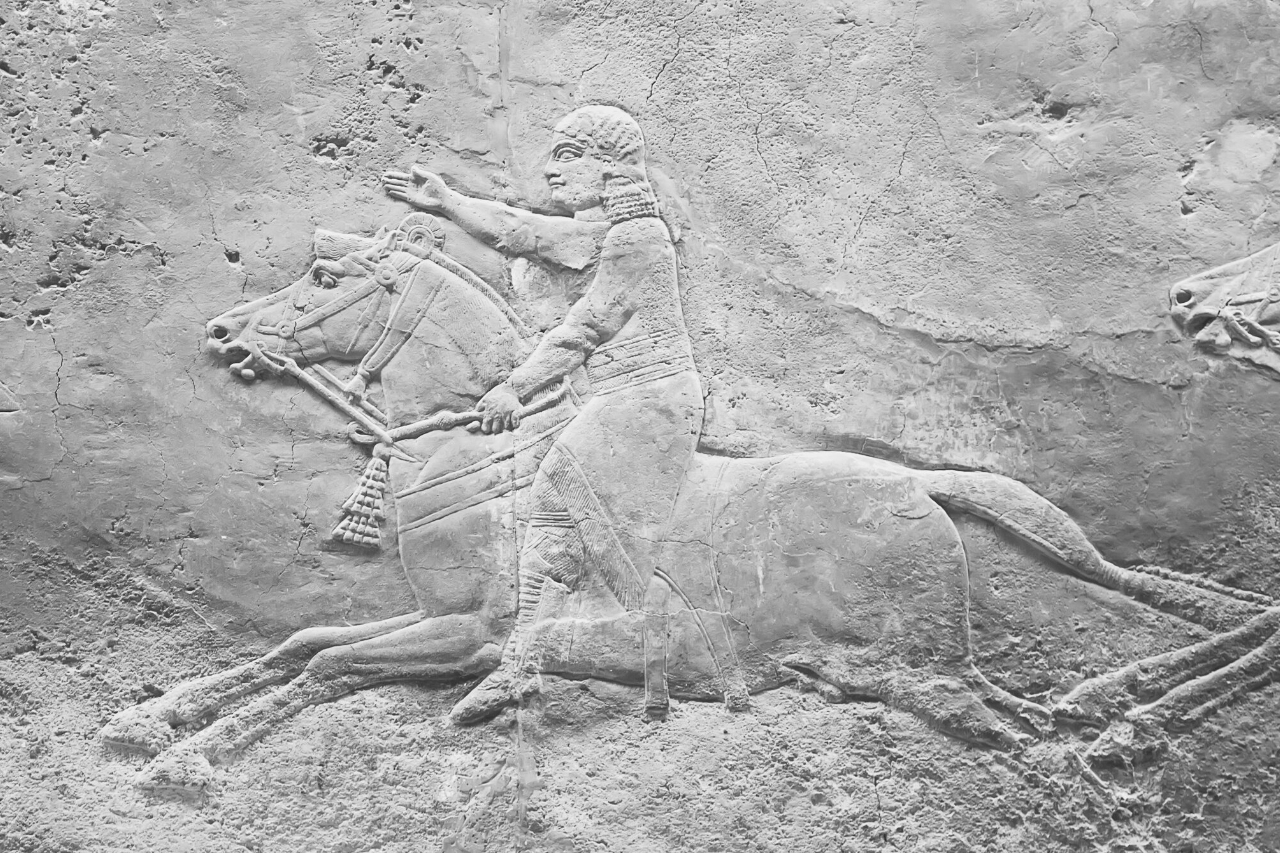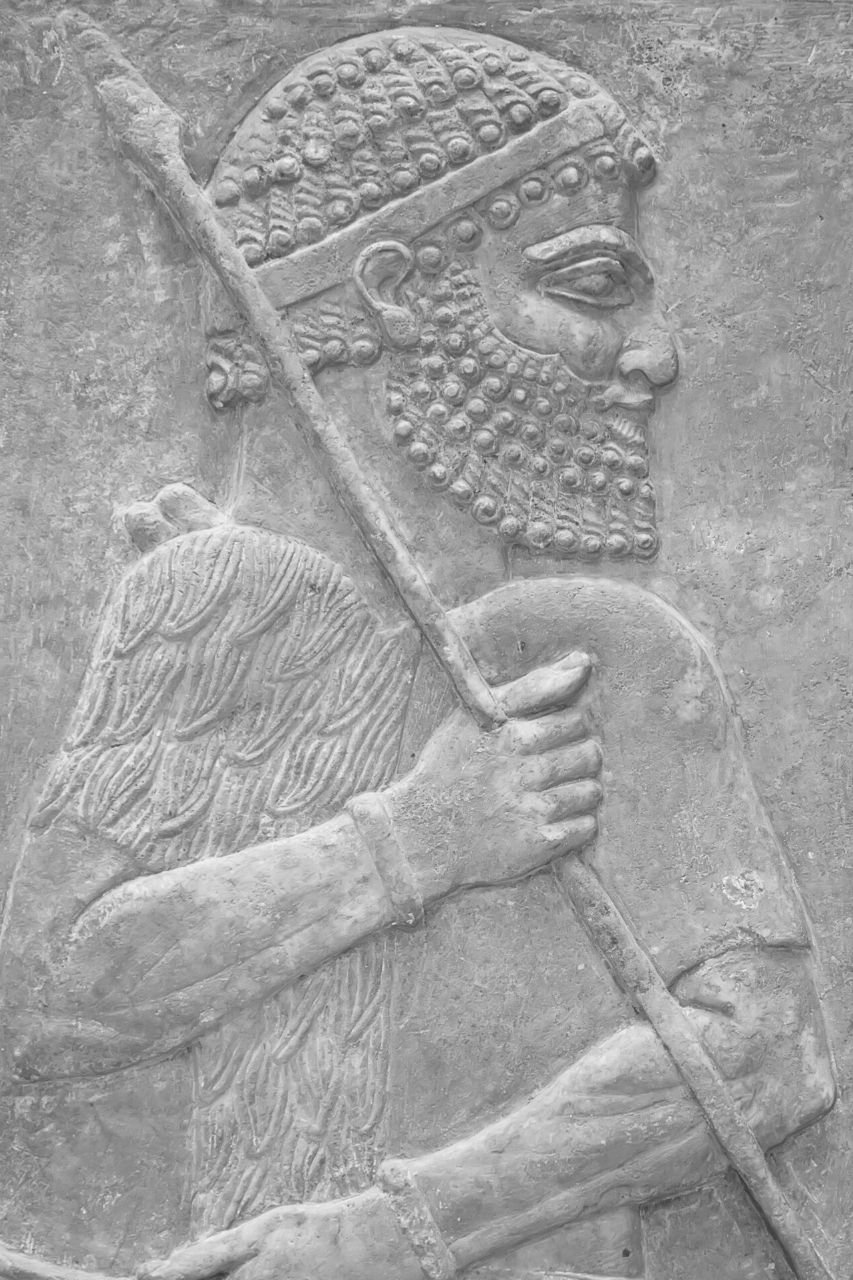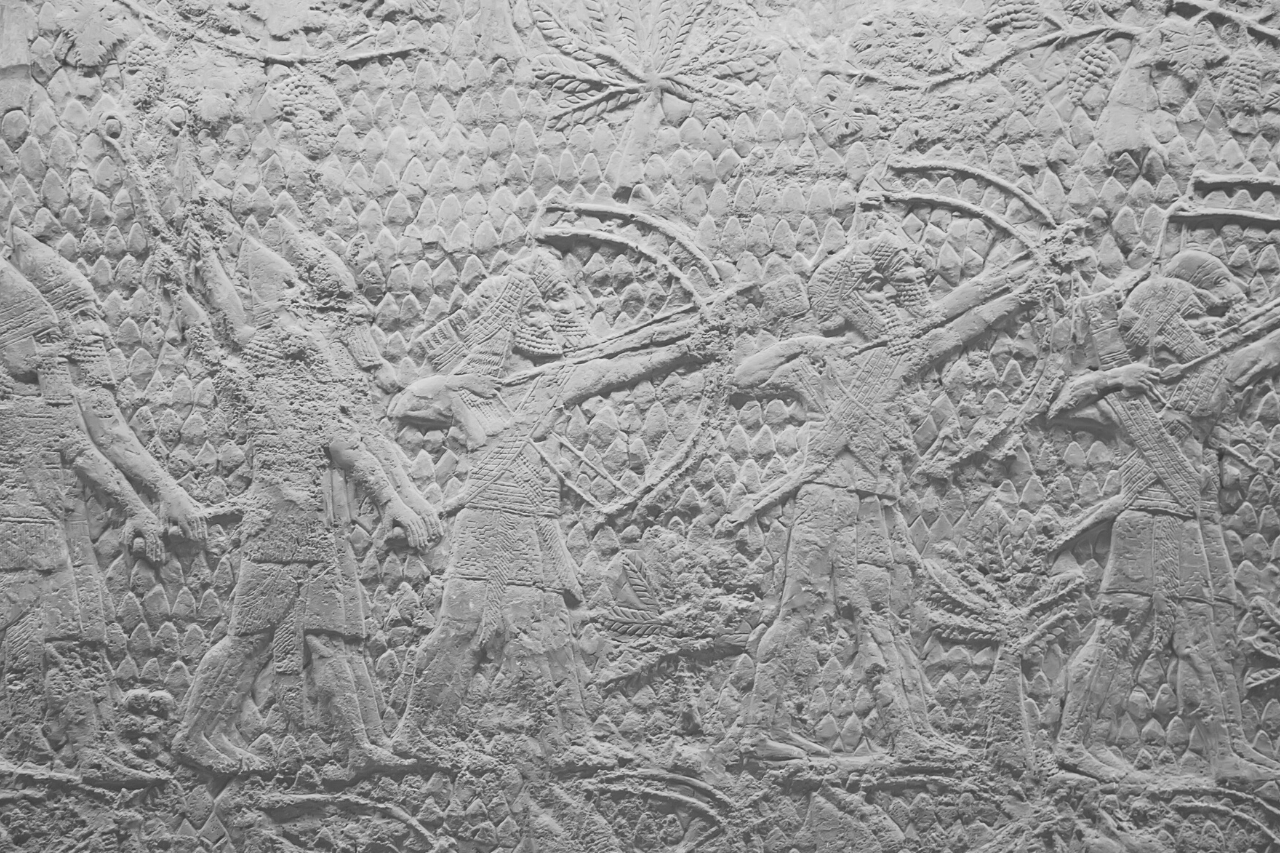Sumerian Military: The Hidden Way of Life Exposed by Archaeologists
The Sumerian military contributed in large measure to the success of the Sumerian civilization, one of the earliest in the world. Flourishing between 4500 – 1900 BC, the Sumerians farmed along the valleys of the two rivers that defined Mesopotamia: Tigris and Euphrates.
Being a society that is mostly occupied with agriculture, how did they manage during warfare? What are the creations that helped them? In this article, we will examine everything there is to know about the Sumerian military.
The Sumerian Wars
As human communities developed, wars between tribes and settlements were inevitable. As seen in the current age, reasons for one group to quarrel against another group range from the trivial to the relevant. It could be because of different ideologies, intolerance, resources, or territory. For the ancient civilizations, it was not different.
What made the Sumerian wars that happened during this period unique was the documentation of the events – at least some part of them. The Sumerians were among the earliest people to develop writing as cuneiforms. In addition to the records kept by scribes, some arts depict the victorious exploits of the rulers of that period in wars over their enemies. Two of such are the Standard of Ur and the Stele of the Vultures
Intra- and Inter-Sumerian Wars
The Sumerian wars that happened while this civilization lasted can be largely categorized into two groups:
Intra-Sumerian wars
Inter-Sumerian wars
As commerce and agriculture boomed in the Sumerian lands, so did political power. They developed into independent city-states controlled by a governor-priest that carried on his duties on behalf of the patron god.
Conflicts arose over control of farming land and water as the population exploded. This led to war among city-states such as Umma, Ur, Nippur, Uruk, Lagash, Ebla, and Hamazi, to mention a few. Rivalry and hostility arose as these political entities battled it out for dominance through 3000 BC to 2500 BC.
As the rival states battle among themselves for superiority over the Sumer region, invasions also came from other dynasties from far and near. A typical adversary was the Akkadian ruler, Sargon, who conquered several cities and united them into a single empire. For about 200 years, the Akkadian Empire lasted. Meanwhile, it also witnessed some rebellions from the conquered states.
The Sumerian Military Structure
The Sumerian military structure hinged on the Stele of Vultures structure, according to which their king led the Sumerian army. However, it is hard to say for certain how they determined the ranks. One consensus implies that the king rides in a chariot with princes and other nobles.
Aside from the Stele of Vultures, another Sumerian military structure piece of evidence was in the Standard of Ur. However, this evidence can only tell as far as the existence of a central leader and an infantry. The only extra information is that the Sumerian infantry was well organized and professional. That also is a deduction from studies carried out on the Stele of Vultures.
Some other studies have, however, shown that some titles portray individual ranks. Some notable ranks include the Nu-Bandas, which are the superiors in charge of several units of the Sumerian army. During the time of Sargon of Akkad, the powerful ruler that established the Akkadian empire, he had generals that he gave the title of Sagi-mah or Chief Cupbearer.
Sumerian Warriors and Organization
The Sumerian military organized its warriors both along an individual and a group structure. One should also note that the concept of a soldier was still new during the period. However, as conflicts continued to brew, a need to have a standing defense system made up of Sumerian soldiers arose.
According to archeological findings, the typical appearance of a Sumerian warrior depends on the division they belong to. For example, the members of the light infantry usually used war apparel consisting of only a skirt adorned with feathers. However, it was possible to see other warriors with more intricate accessories for protection as required of their post.
Men could number up to 60-100 in a single military unit, and records show a whole army could count up to 4,000 units. In war, they organized into a phalanx formation. Each unit had a title of identification that associated with its roles.
The Niksum was the unit given the household land. To maintain their hold on the lands, they ensured the consistent supply of men from their clan to the military
The Nim was the skirmisher unit or the light infantry. They were foot warriors whose duty was to use irregular attacks to reduce the force of the enemy. They could do this by cutting off their supplies, reducing their morale, or disrupting their plans.
The Shub-Lugal were the royal troupe, and they formed the central part of the army. Their duties included coordinating the units as well as protecting the king.
Sumerian Weapons and Armor
The Sumerians also developed weapons and armors to be deployed during the wars. As the technical needs also grew, they transformed to become more effective and deadly. Some of the major Sumerians weapons comprised:
Sumerian Shields
Sumerian shields were rectangular, and the infantry soldiers used them to protect themselves as they advanced. They made use of bronze and they were mainly effective during swordfights, but also to mount defenses against arrows. Most were suspended from the body by leather so both hands could be free.
Sumerian Swords
Sumerian swords originated from Egypt, and they were usually about 20 – 24 inches in length. They made use of bronze and did come handy in dispossessing opponents of their shield or trapping their hands. This is in addition to the cuts they delivered, of course.
Sumerian War Carts
This was the Sumerians’ first attempt at making a war cart. While the design was not sturdy and did not hit the mark for maneuverability, it conveyed the rulers. With their four wheels, they were for breaking through the enemy’s ranks.
Composite bow
The composite bow was a modification to the wooden bow. This came after the Akkadian empire established its reign over the region. The composite bow delivered arrows to a further distance and with more power.
Other elements of the Sumerian armor included the helmets, which made use of copper or bronze. Other close combat weapons included maces, daggers, and the battleaxe.
The Sumerian Stele of Vultures
The Stele of Vulture was symbolic in the study of the Sumerian military and its warfare. It is similar to the present-day coat of arms. It is a monumental product of Sumerian artistic ingenuity. The Sumerians carved it during the early third dynasty to celebrate the victory of a city – Lagash – over another Mesopotamian city. This Stele is one of the authentic pieces of archaeological evidence of Sumerian warfare.
The Illustrations on the Stele of Vultures
The Stele has two sides and, according to modern interpretation, these sides are symbolic of Sumerian mythology and history, respectively. On the first side, there is the figure of a large male.
On the right hand of the male figure is a mace and, just beneath, you would find the naked bodies of men in a net. Behind the male figure is a female figure (the goddess Ninhursag). These two deities had sacred temples dedicated to their worship which formed a core aspect of everyday life.
The other side of this Stele reveals a substantial amount of information about the Sumerian military structure. It has four different sections. The top section shows the ruler of the Lagash people (called the Ensi).
In the leadership order, the Ensi is responsible for leading a unit of soldiers (called Phalanx) in a victorious battle. In visual observation, you would see enemies trampled below their feet along with vultures. The Stele is named after the vultures, bearing the head of defeated enemies in their mouths.
On the second part are illustrations of a Sumerian soldier with spears. The illustration depicted the soldiers marching behind a king that rides in a chariot. Finally, the third part has the image of a priest that seems to be performing what looks like a ritual.
The priest appears naked, and he stands on a piled-up heap of animal bodies in front of a seated figure. Also, in front of that figure is a cow tied to a pole, and a couple of skirted workers with baskets on their heads.
Finally, no one has been able to describe what the fourth part illustrated accurately. Unfortunately, time and nature have done a substantial amount of damage to those parts.
Conclusion
Eventually, the beauty and power of the Sumerian civilization started dwindling with recurring conflicts. While there were times when unity reigned, and they were together under one empire, rebellions persisted. The final straw that broke the camel’s back was climate change, which affected the water supply for irrigation.
With strained resources, all it took was a couple of invasions from the Semitic people to bring the civilization to its knees. However, as you might have learned in this article, the heroic deeds of the Sumerian military will still be a source of fascination for hundreds or thousands of years.













